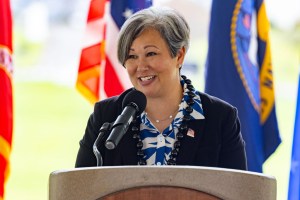
DKI APCSS Director Suzanne P. Vares-Lum describes the legacy of Ernie Pyle at the Ernie Pyle 80th Anniversary Memorial Ceremony held April 18, 2025, at the National Memorial Cemetery of the Pacific.
“Ernie Pyle was never the loudest man in the room—but he spoke with a voice that carried across oceans, across battlefields, and across generations.” This was how the director of the Daniel K. Inouye Asia-Pacific Center for Security Studies, retired US Army Maj. General Suzanne P. Vares-Lum, described his legacy at the Ernie Pyle 80th Anniversary Memorial Ceremony.
The event was attended military veterans, community leaders, journalism students, and former and current military and war correspondents at the National Memorial Cemetery of the Pacific in Honolulu April 18, 2025.
“He gave voice to the warfighter who had no voice during World War II… to the ones in the mud and cold. The ones carrying the burdens of history on their backs,” said Vares-Lum. “He was not just a journalist. He was a witness to humanity in its rawest form.”
A popular journalist during WWII for his stories from the front lines in Europe, Africa, and the Pacific, Pyle’s work was read daily by millions of readers in 400 daily and 300 weekly newspapers across the United States. In May 1944, he received the Pulitzer Prize.
Then First Lady Eleanor Roosevelt frequently quoted Ernie Pyle in her own daily column. She said, “You felt you knew the men he wrote about… As though you had met them.”
“That’s the mark of true storytelling,” said Vares-Lum. “not to describe events, but to reveal people.”
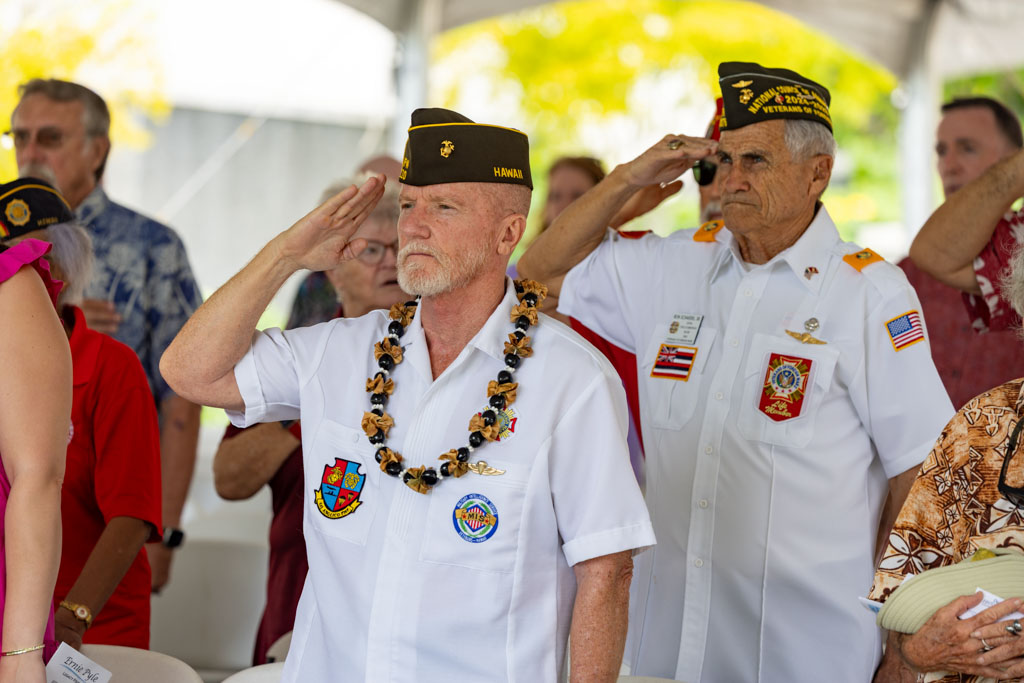
The Ernie Pyle memorial event was attended by military veterans, community leaders, journalism students, and former and current military and war correspondents at the National Memorial Cemetery of the Pacific in Honolulu on April 18, 2025.
Pyle focused much of his writing on the infantryman. He said: “I love the infantry because they are the underdogs. They are the mud-rain-frost-and wind boys. They have no comforts, and they even learn to live without the necessities. And in the end, they are the guys that wars can’t be won without.”
In 1943, he came to Hawaii to cover the Pacific. “He knew that Hawai’i was more than a place on the map. It was a crossroads—of east and west, of cultures, of conflict, and of coming home,” said Vares-Lum. “he told stories of sailors in Pearl Harbor, who never left the docks but worked through the night to repair destroyers—so others could fight another day.” Pyle was killed by a single bullet while covering the Battle of Okinawa on the island of Ie Shima on April 17th, 1945. He was just three weeks shy of his 45th birthday. Pyle is buried in the National Memorial Cemetery of the Pacific with his helmet still on.
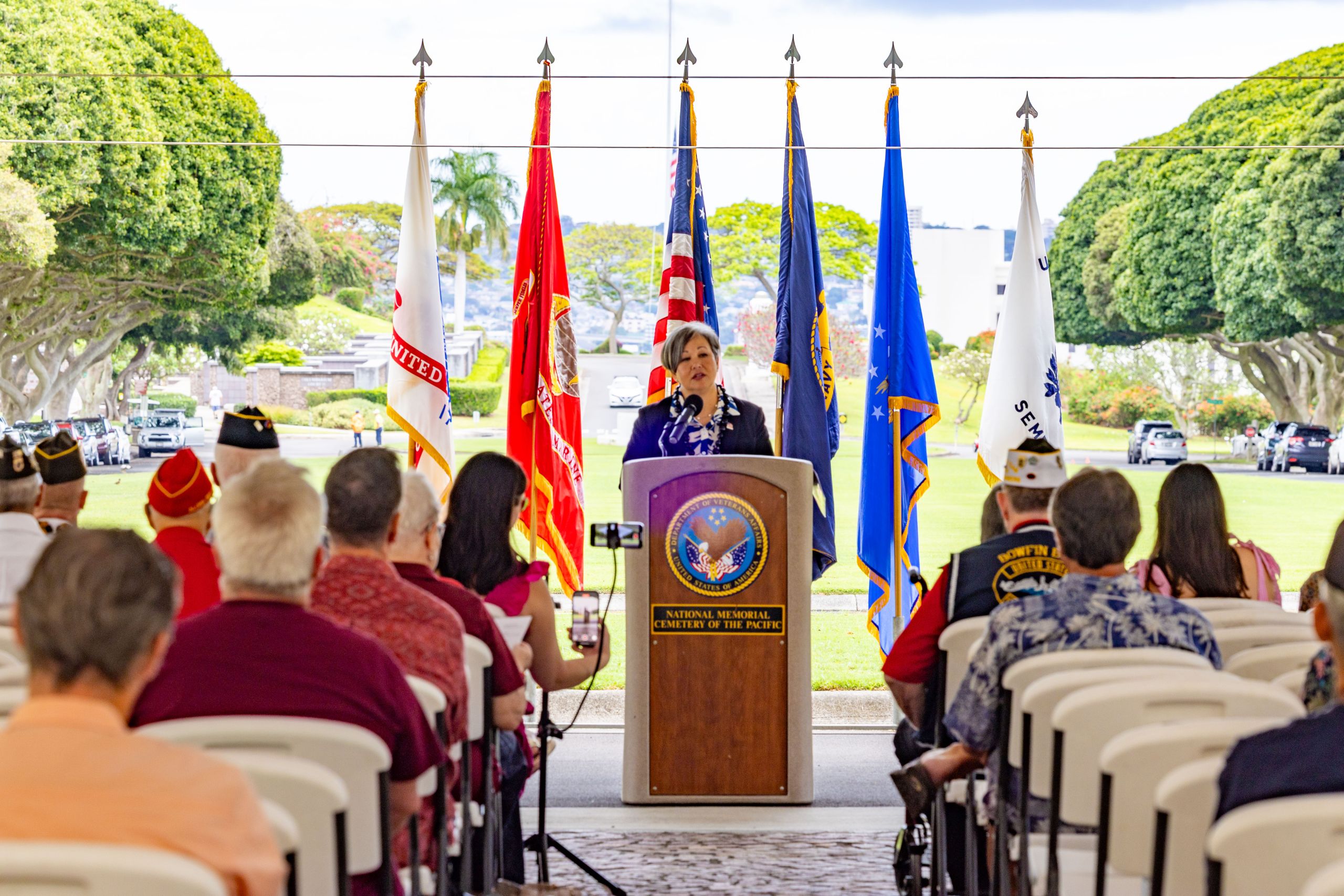
“Ernie Pyle was never the loudest man in the room—but he spoke with a voice that carried across oceans, across battlefields, and across generations,” said director of the Daniel K. Inouye Asia-Pacific Center for Security Studies, retired US Army Maj. General Suzanne P. Vares-Lum, when describing Ernie Pyle’s legacy.




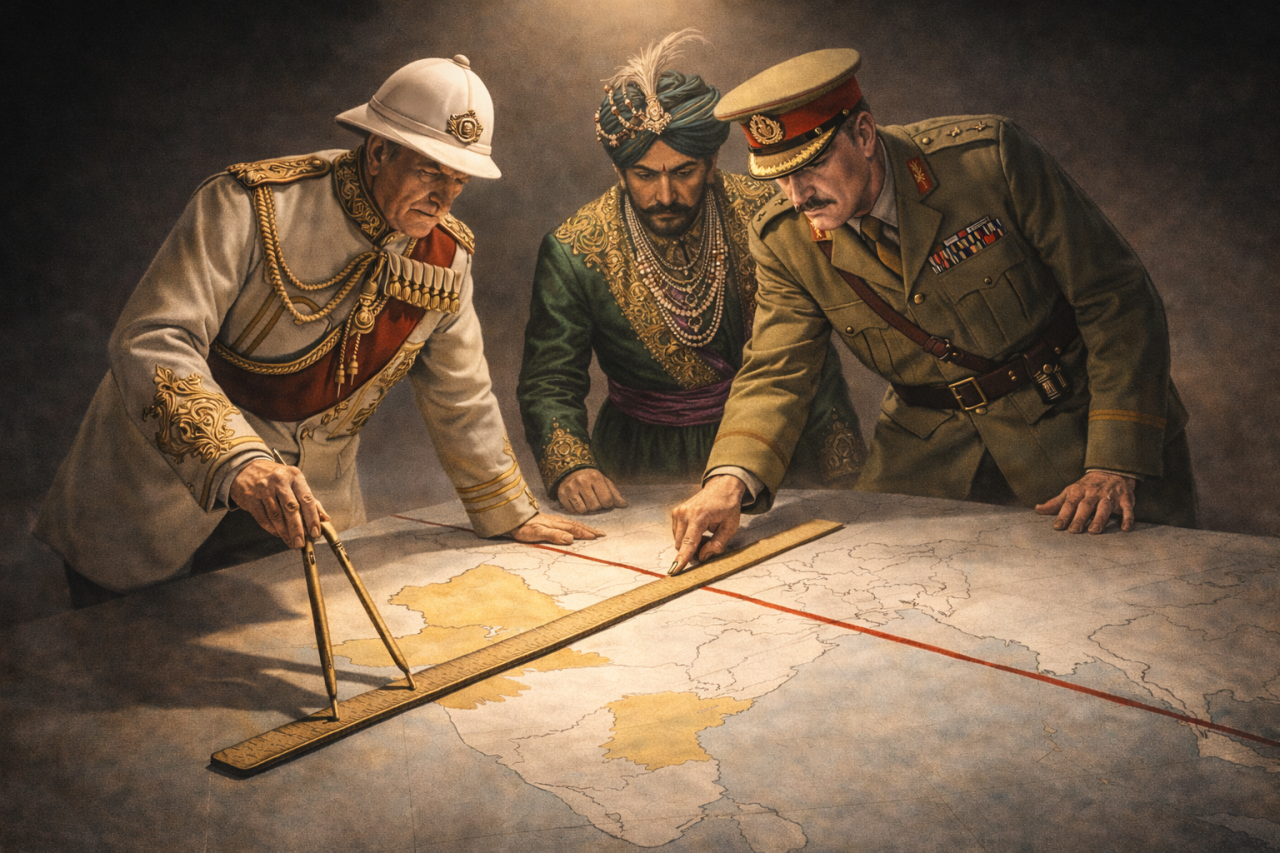

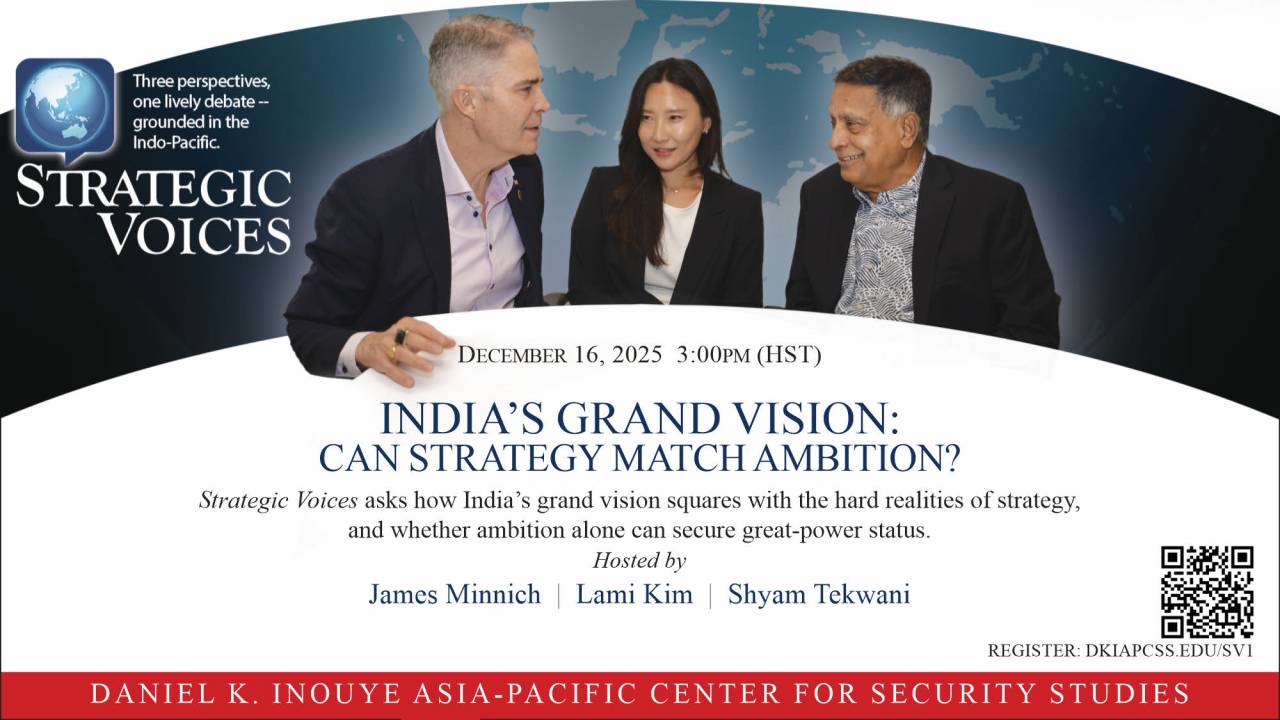




Leave A Comment